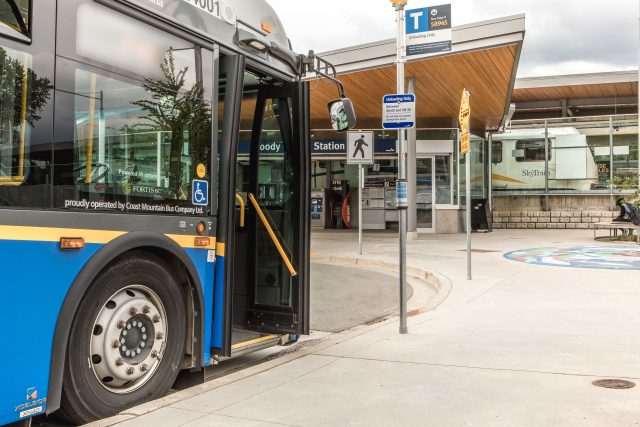TransLink limits bus seating to promote physical distancing
TransLink limits bus seating to promote physical distancing


Beginning from next week, TransLink will be limiting seating on buses in Metro Vancouver to enhance physical distancing measures.
- Roughly half the seats on board buses will have signage installed to indicate that those seats are to be left vacant, which will allow for extra space between customers.
- If the new seated capacity is reached, bus operators will not make any further stops to collect passengers, who will have to wait for the next bus.
Given declining ridership is resulting in far fewer passengers on the system, we don’t expect these changes will impact travel times on the majority of bus routes. That being said, commuters who use busier routes should consider building in additional travel time and consider their need to travel, particularly during rush hours.
This comes in addition to the physical distancing measures currently in place across our system:
- Customers are being asked to board buses using the rear doors where possible as part of our response to the COVID-19 pandemic. Customers needing mobility assistance can still use the front doors if required.
- Given we are not able to collect all fares at the rear doors, including cash fares, TransLink is suspending fare collection on the bus system and HandyDART.
- We have launched an education campaign promoting hygiene and asking customers to allow extra space for fellow passengers when on board transit.
- Customers will not be able to use seats close to crew on SeaBus vessels.
- Coast Mountain Bus company is accelerating installation of operator protection barriers on all of its buses. Nearly 700 buses currently have barriers installed.
- Due to the physical distancing required by health authorities in BC, bus operators will not be able to assist our wheelchair customers with being strapped in a front-facing position on our conventional buses. Those with mobility devices on buses that have a rear facing accessible seat will be able to park in the designated area themselves and secure their device. This is the case for most buses. For buses that do not have this area (e.g. highway coaches, Community Shuttle) customers with mobility devices will need to travel with someone who can assist them or find an alternate mode of travel.
Public transit remains crucial for thousands of essential service workers in the region, including those in the healthcare sector. We would like to make sure that those who rely on transit are able to use our system and get to their destinations safely.
2 Comments
Comments are closed.






For the first bus in the morning on sundays, for the n9 and 9, can they both be articulated? Last sunday morning, the 623am (stop commercial/broadway), both buses were packed with no room for ‘social distance’.
What about community shuttles and suburban highway coaches that don’t have a rear door?